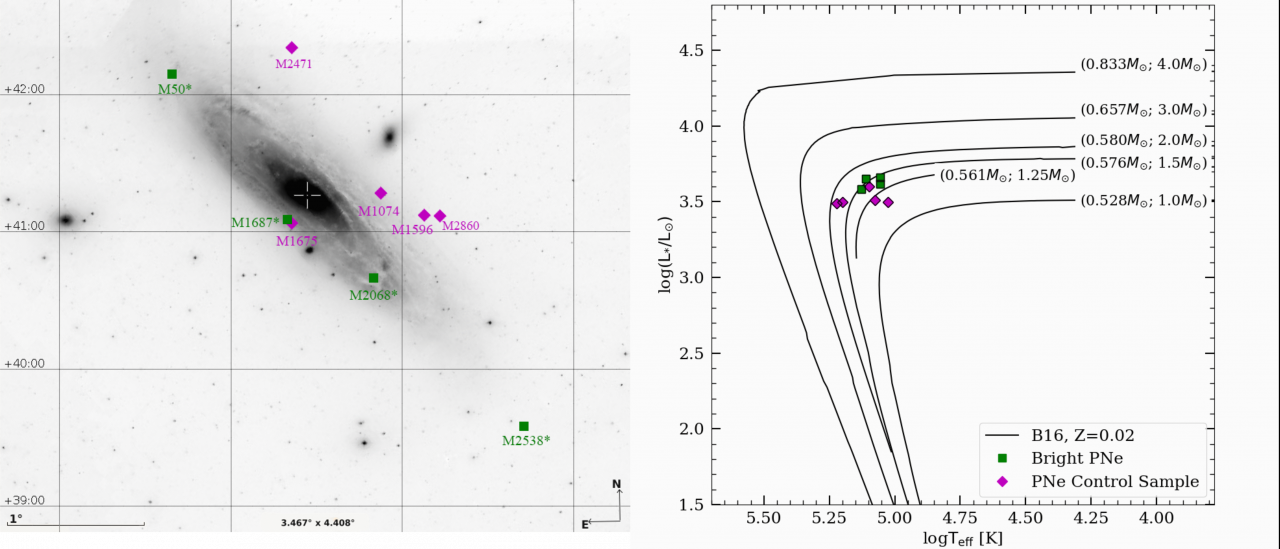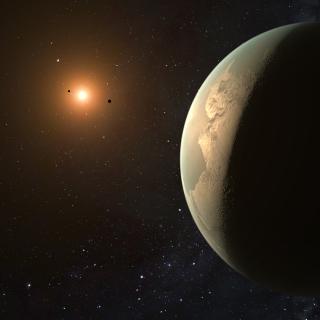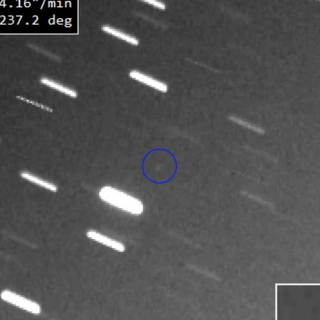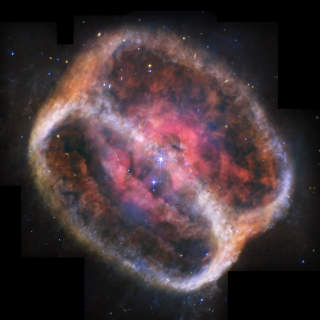Planetary nebulae (PNe) are the ejecta of evolved low-intermediate mass stars present in all stellar systems. Perhaps the easiest thing to do when studying PNe in a galaxy is just counting how many of them appear with a given luminosity, the Planetary Nebula Luminosity Function (PNLF). Not surprisingly, just a few very bright, and many more fainter, PNe populate the PNLF. But, most surprisingly, the bright end bin of the PNLF has a remarkably constant cut-off value in all galaxies and stellar systems studied so far, both young and old, with just a mild, calibrateable dependence on metallicity. So much so that the PNLF can be used, and is being used, as a standard candle. That unexpected constancy is not understood according to standard stellar evolution theory because the most luminous PNe are thought to descend from relatively massive stars ~2 solar masses (Msun) or more that should not be present in old systems. To address this issue from its foundations, progenitor masses of bright and control samples of PNe located along the extended disk of the Andromeda galaxy (M31) have been derived using the deepest existing spectra of M31 PNe, acquired with GTC-OSIRIS. We first carefully calculated the nebular abundances of He, N, O, Ne, S, and Ar finding that they do show, for the first time in any PNe sample, the detailed qualitative interrelations predicted by theory. Nevertheless, the high values of N/O found in five nebulae, added to known previous cases, keep challenging existing nucleosynthesis models for M < 3 Msun stars. Our main result is, however, that progenitors of the brightest PNe were, in all cases, 1.5 Msun stars, now evolved into 0.57 Msun post-AGB central stars that excite normal, high density nebulae. Recent modelling using updated evolutionary tracks agrees with our results, showing that PNe with 1.5 Msun progenitors can reach the PNLF bright cut-off value of m(5007)=-4.54 mag for a short period of time around 1000 years. This sets the scene for finally solving, we believe, this 30 yr-old "PNLF enigma".
*: Rebeca Galera-Rosillo passed away in June, 2020 while working on this article.




